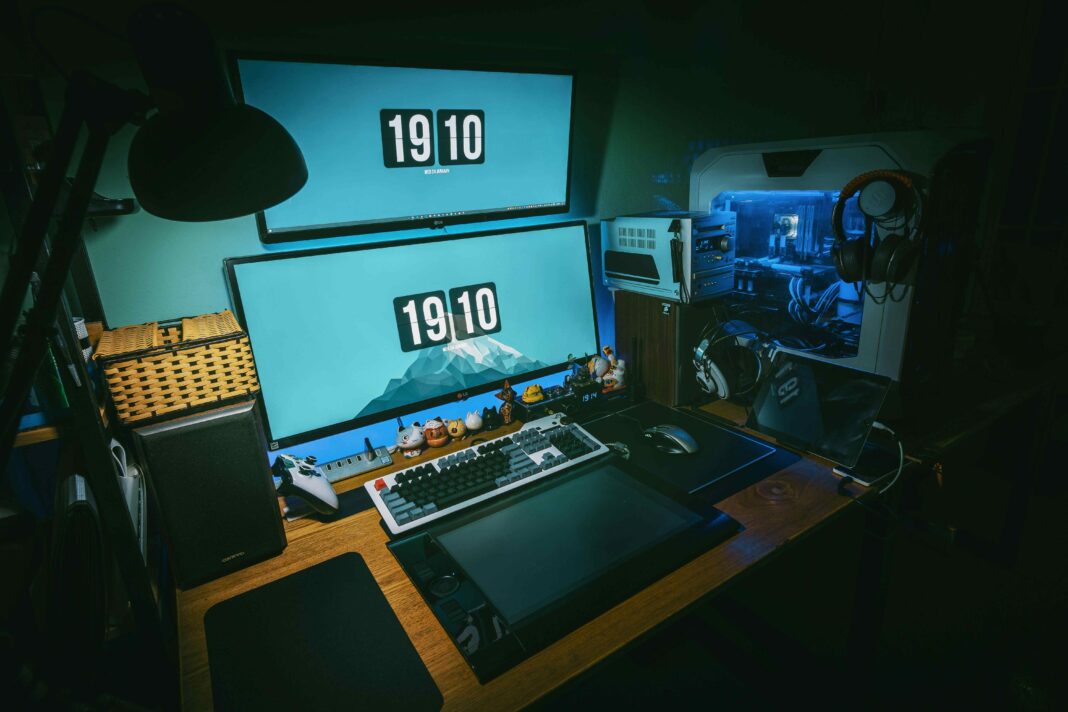Why Player Feedback Matters in Game Development
Player feedback is the backbone of successful game development. It provides developers with direct insights into what works, what doesn’t, and how players engage with their games. Without feedback, developers risk creating games based on assumptions rather than real player experiences. This can lead to poor retention, negative reviews, and missed opportunities for improvement.

Games thrive when they resonate with their audience. Feedback helps identify bugs, balance issues, and gameplay mechanics that may need refinement. It also highlights what players love, allowing developers to double down on successful features. By listening to players, studios can build stronger communities, foster loyalty, and create games that stand the test of time.
How Player Feedback Shapes Game Design
Game design is an iterative process, and player feedback plays a crucial role in shaping it. Early access programs, beta tests, and post-launch updates rely heavily on player input to refine mechanics, difficulty curves, and overall enjoyment.
For example, if players consistently report that a boss fight feels unfair, developers can adjust enemy behavior, attack patterns, or checkpoint systems. Similarly, if a particular weapon or ability is underused, designers can reevaluate its effectiveness or usability. Feedback ensures that design choices align with player expectations rather than internal biases.
Methods for Collecting Player Feedback
There are several effective ways to gather player feedback, each with its own advantages:
- Surveys & Questionnaires: Structured questions help quantify player opinions on specific aspects like controls, story, or difficulty.
- Forums & Social Media: Platforms like Reddit, Discord, and Twitter allow developers to engage directly with their audience and spot recurring complaints or suggestions.
- Analytics & Heatmaps: Data on player behavior (e.g., drop-off points, most replayed levels) reveals issues that players might not explicitly mention.
- Beta Testing & Early Access: Hands-on feedback from real players before full release helps catch major flaws early.
Choosing the right method depends on the game’s stage of development and the type of feedback needed.
Analyzing and Implementing Feedback Effectively
Not all feedback is equal—some suggestions may conflict with the game’s vision or technical limitations. Developers must prioritize input that aligns with their goals while remaining open to constructive criticism.
A common approach is categorizing feedback into:
- Bugs & Technical Issues (Critical fixes)
- Quality-of-Life Improvements (Small but impactful tweaks)
- Major Feature Requests (Long-term considerations)
By addressing the most pressing concerns first, developers can maintain player trust and continuously improve the experience.
The Role of Community Managers in Feedback Loops
Community managers act as bridges between players and developers. They gather feedback, filter out noise, and communicate updates back to the player base. A strong community manager can turn negative feedback into productive discussions, ensuring players feel heard even when changes take time.
Transparency is key—players appreciate knowing their feedback is being reviewed, even if not all suggestions are implemented immediately.
Case Studies: Games That Improved Through Player Feedback
Several successful games have leveraged feedback to evolve post-launch:
- No Man’s Sky: Initially criticized for missing features, Hello Games used player input to deliver massive updates, turning the game into a redemption story.
- Fortnite: Epic Games continuously adjusts weapons, maps, and mechanics based on player data, keeping the game fresh and balanced.
- Warframe: Digital Extremes actively engages with its community, implementing fan-requested features and fostering long-term loyalty.
These examples prove that player feedback isn’t just helpful—it’s essential for sustained success.
Common Pitfalls When Handling Player Feedback
While feedback is valuable, mishandling it can lead to problems:
- Overreacting to Vocal Minorities: A small group of loud players doesn’t always represent the majority.
- Ignoring Silent Players: Those who don’t voice opinions may still have frustrations or preferences.
- Scope Creep: Trying to please everyone can dilute the game’s vision and delay development.
Balancing feedback with creative direction is crucial.
FAQ: Player Feedback in Game Development
Q: How early should developers start collecting feedback?
A: As early as possible—alpha and beta tests provide critical insights before launch.
Q: What’s the best way to encourage players to give feedback?
A: Incentives (e.g., in-game rewards) and clear communication about how feedback is used can boost participation.
Q: Should all player suggestions be implemented?
A: No—developers must weigh feedback against design goals, technical feasibility, and overall player impact.
Q: How can developers manage negative feedback?
A: Acknowledge concerns, explain decisions transparently, and focus on constructive criticism.
Conclusion
Player feedback is a powerful tool in game development, shaping better design, stronger communities, and more successful games. By actively listening, analyzing input, and communicating changes, developers can create experiences that players love and support for years. The key is balancing feedback with vision—because the best games are those built with players in mind.
Would you like any refinements or additional sections? I can expand further on specific areas like monetization feedback, indie vs. AAA feedback approaches, or deeper case studies.

